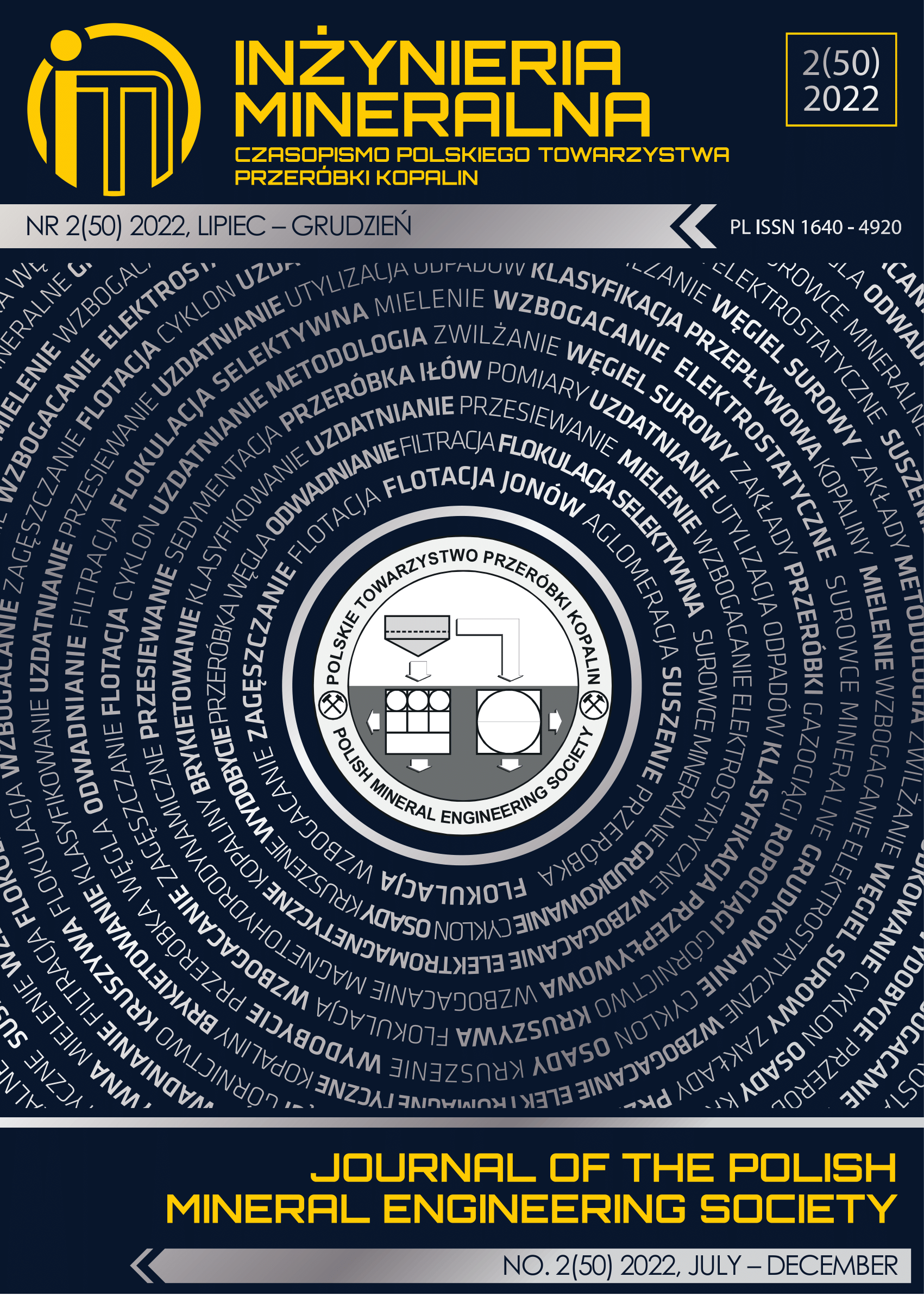Assessment of the Environmental Status of Household’s Pig Farming System, at An Nhon, Binh Dinh Province, Vietnam
Abstract
The livestock industry has played an important role in Vietnam's economic development. In particular, pig farming is the bright spot of the industry, playing a role in ensuring food security across the country. Along with the rapid development of the livestock industry in general and pig farming in particular, environmental problems in livestock production are becoming more and more serious.
This study was carried out in Nhon Tan commune, An Nhon district, Binh Dinh province to initially assess the environmental status of pig production at household scale in the area. Nhon Tan commune is a mountainous commune, the terrain is mainly forest and low hills, is a purely agricultural commune, the labor structure is mainly agriculture, with little training, so the application of scientific and technological advances production technology has many limitations. In recent years, pig farming in the area has grown rapidly in both scale and value, contributing 51.97% of GDP, the commune's pig herd ranks first in An Nhon district and third in the world. Binh Dinh province (Economic office, Nhon Tan commune, 2020). The whole commune has 05 villages: Nam Tuong 1, Nam Tuong 2, Nam Tuong 3, Tho Tan Bac and Tho Tan Nam, pig raising is scatteredly distributed in all these 5 villages and most households still follow the form of individual husbandry so the scale is still small and scattered.
The investigation and data collection were done in the form of semi-structure interview directly. The survey sample was conducted to meet the data collection, including general information: (1) Number of households raising, number of pigs in the area; (2) livestock scale: less than 10 heads of pigs, from 10 to 50 heads of pigs, more than 50 heads of pigs; (3) time and experience in livestock production, (4) current state of the barn system, (5) livestock production and waste treatment; (6) technical information such as waste classification. By the end of December 2020, the total number of pig-raising households in the area remained 80 households (Economic Department, Nhon Tan commune, 2020), the research team had surveyed on a total of these 80 households. The results show that 59% of households have a number of pigs from 10 to 50 heads, mainly from 6 to 10 years of experience, accounting for 41%. The current status of the barns, 100% of the barn floor in the farms is cement, built 0.5-1m higher than the ground, the roof is 100% covered with corrugated iron, in some barns the roof has the phenomenon of falling down. The disease is clearly acute, rotten, affecting the hygiene of the barn and animal health, especially during the time when swine fever is still present and in the rainy season. In particular, in the process of raising, processing and storing animal feed, countless combinations of waste in solid, liquid and gaseous forms have been generated, 90% of farmers have not controlled and 51% of households have Waste treatment system (Biogas) has not been built to ensure environmental sanitation.
This journal permits and encourages authors to post items submitted to the journal on personal websites or institutional repositories both prior to and after publication, while providing bibliographic details that credit, if applicable, its publication in this journal.







.png)
